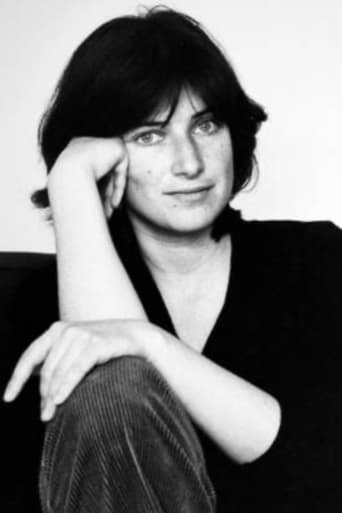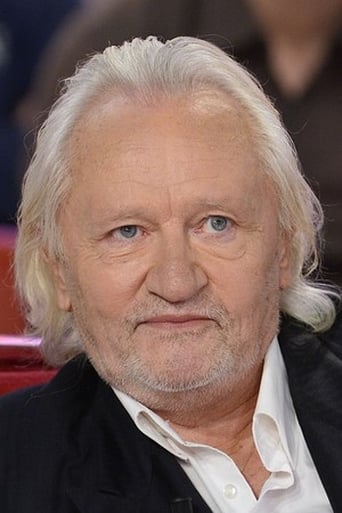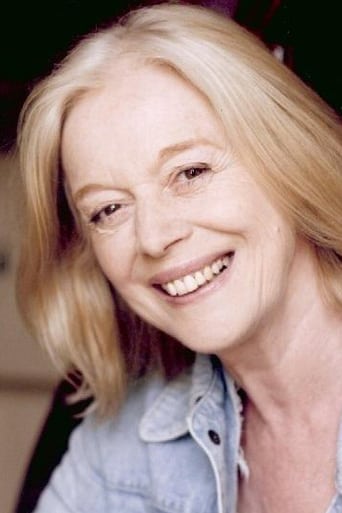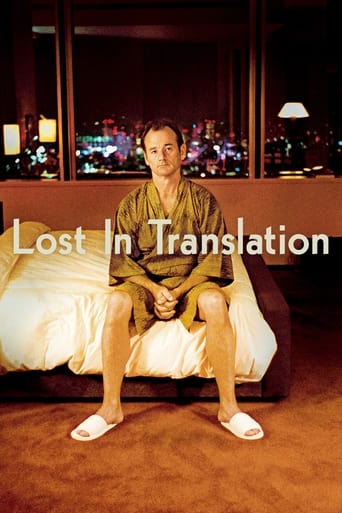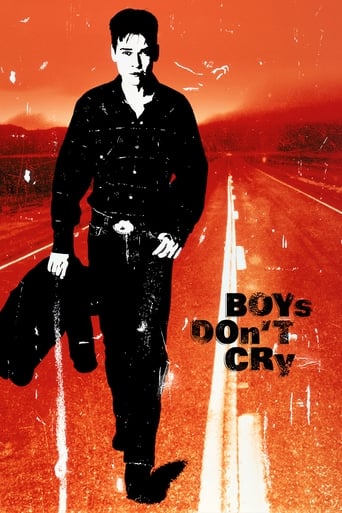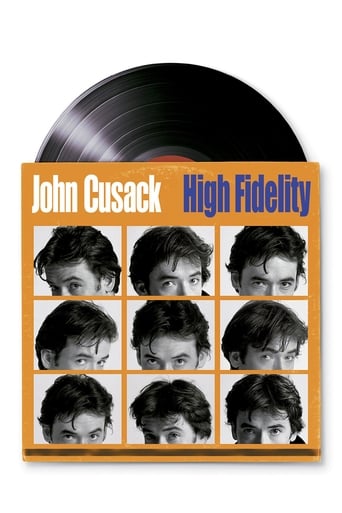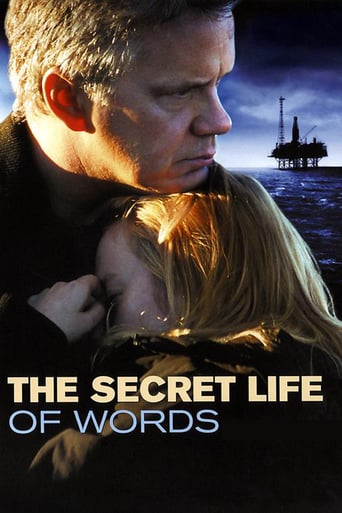

Je Tu Il Elle (1985)
A woman suffers a subdued psychological breakdown in the wake of a devastating breakup.
Watch Trailer
Cast
Similar titles
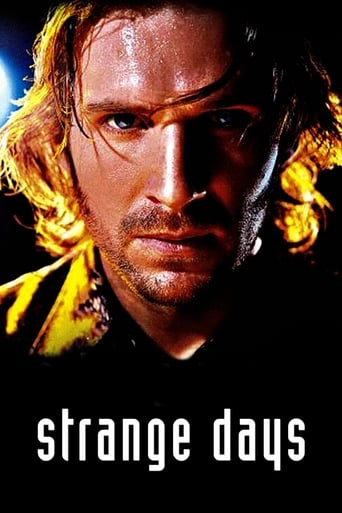
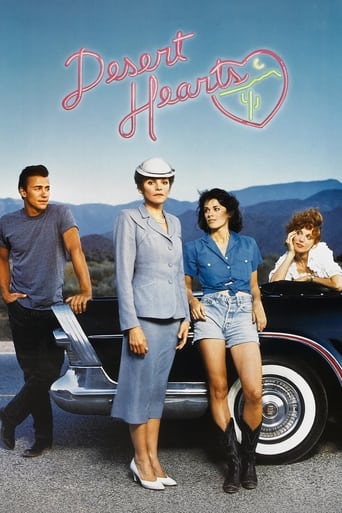
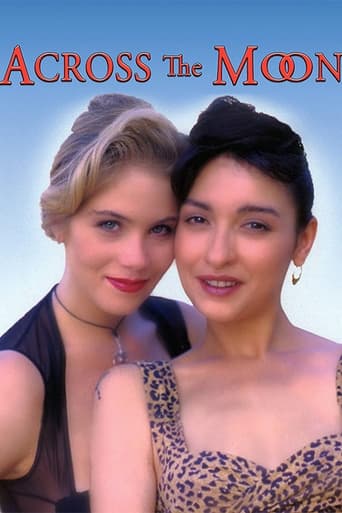
Reviews
Simply A Masterpiece
As Good As It Gets
Absolutely brilliant
It is a whirlwind of delight --- attractive actors, stunning couture, spectacular sets and outrageous parties.
Long, slow, static shots. A girl does a couple random, pointless, inane things in a small room. Long fades to black. Bland narration. Nothing very interesting happening. It actually starts to get slightly interesting when we finally get a second character who provides some real talk. Then jumps into an incredibly long, exaggerated, and boring lesbian scene. The end.This is just another artsy fartsy film that is fairly pointless and meaningless and vapid. It's some kind of "reflection" on sexuality, but with nothing insightful or even interesting to provide the viewer. The photography is just average. It slightly reminded me of the vastly superior film "Un homme qui dort" from the same year.
Often sad, and sometimes absurdly funny. A three part film with little obvious plot, its a delicate character study of a young, neurotic woman. Part one shows her stuck alone in her room over a period of days, trying to write a letter to a lover, eating sugar, struggling with her emotions, walking around naked - spiritually as well as physically. Part 2 is her journey with a truck driver who picks her up hitchhiking on her way to meet her female lover, and the complex relationship that develops between them, and part 3 is her arriving at her lover's apartment, spending the night making love with that woman, and finally resolving their relationship. The images, though often striking, don't have quite the power of her very best work, and while some moments have a real charge-- sexual or emotional -- others feel awkward. An intelligent and complex film, ultimately wistfully touching, but missing that last step to greatness. The first third is very strong, the second almost as good, but the last 'act' feels less complete, and the 15 minute love making scene is sort of awkward in that it's very explicit, but never seems quite real. None-the- less, an impressive first narrative film, that sets the ground for her great dramas to follow.
Chantal Akerman had a stretch of time in the 1970's where she made her mark with fully experimental films. Some of them had a narrative, like Jeanne Dielman, and others were more like elongated postcards like News From Home or Hotel Monterrey, but they all had a distinctive mark, with long takes, obsessively long, and characters doing physical actions that are akin to ritual or just apart of a repetitive nature. I, You, She, He is a really revolutionary piece of work, though I can't say I really 'enjoyed' it exactly. It's a film that is made to provoke the audience, into discussion or just a reaction. I can only imagine what it must have been like to see this in a theater, where half the audience might get up in the first ten minutes, and the rest stayed with equal enthrallment and confusion at what they were seeing. It's also quite naked, literally at times, about a search for (sexual) identity.Akerman plays Julie, though we're never revealed that is actually her name, and for the first half hour of this 86 minute film, she's in her room. That's it. She writes a letter, or a few letters, rewrites them, moves around furniture, eats sugar, eats more sugar, spill some sugar and spoon by spoonful puts the sugar back in the brown bag, and then gets naked and roams around the room. You might have heard the expression with an "art-house" film that it's "like watching paint dry." With this film, it's hard to exaggerate that claim enough. Shots last for minutes, and Akerman is often sitting either in obsessive detail of what she's doing, or not really doing anything at all, like in a trance, with her narration coming up dutifully explaining exactly what is happening or will happen on screen.But if you stick with it, and being a fan of Jeanne Dielman I knew this was how Akerman likes to film in a patient poetic style, it starts to show a pattern. Julie isn't just doing nothing, but she's doing MUCH of nothing, obsessively, over and over, with the letters, the sugar, the furniture, her own body. And just when it's getting too long going, as if Akerman knows how the audience is feeling, Julie finally leaves the room. From here it becomes a two-part road trip. First she hitchhikes and is picked up by a truck driver. His scenes start slow, but at least there's more on the soundtrack (music, audio from a TV, other cars), and it leads up to an un-erotic but fascinating scene where the driver forces Julie to give a hand-job. He then gives a monologue about his wife and kids and driving while aroused. Why not? It's an amazing list of things said, and acted well enough.The second part is the most surreal, but also the most heartfelt. Julie meets up with a Girlfriend at her place, and at first they eat. But then comes a very long scene of lovemaking. Again, do shots go on too long, or are they just right for the rhythm Akerman is reaching for? If you think the former, then probably you've already tuned out or turned off the film. For the latter, it is just about right, and by now Akerman has gone to a kind of alienating apex. It's hard to identify with Julie, but some of her concerns, like finding a place, people to love or be with, something to do worthwhile, do resonate, and the subtext is thick with ideas and methods. The approach is precisely feminist, much more so than anything else I can think of from the period, where the technique, the "performances" (vacant/naturalistic as they are), and the heart in its poetic intent speak about a woman's nature to be unsatisfied, and searching for something, a longing, a person, sex, anything. That it's Akerman herself in the role, often naked and open, is startling.
(spoilers abound, if such a thing is applicable for such a bare-bones narrative...)Chantal Akerman's first feature is also her first work to play with narrative structure (I do not include her early short, SAUTE MA VILLE, because it is loose and spontaneous). This film has three spare sequences. The first features Akerman ("je") in an empty apartment, spending days writing and re-writing a letter (which is read in the voiceover- "tu" us, the audience). The narration is diary-like, chronicling the number of days and monotonous routines that occur even in this minimal environment (writing, moving around a mattress, her sugar diet). Representative dialogue: "I wrote six pages to say the same thing."Suddenly, the scene shift to an extreme long shot of Akerman at the side of the highway during a hazy overcast. This begins the second movement, as a trucker ("il") picks her up. He is a ruddy, blue-collar man who drinks beer in one big gulp (she in little sips). There is no onscreen dialogue until he gives her instructions on how to masturbate him. After that, there is one long take where the driver talks about his wife and kids. The "il" sequence ends on an ambiguous scene with him shaving in the bathroom. Suddenly, this driver appears to be rather dashing! (on the way home to his family perhaps?)The final third begins with Akerman buzzing an apartment ("It's me"). A woman ("elle") answers the door. "I don't want you to stay," she says. They embrace. "I'm hungry", Akerman replies. Then there is a long take of her eating, and a much longer take of the two women making love. In the morning, Akerman gets up to leave. The end.In this remarkable debut feature, there are several indications of Chantal Akerman's signature. Most tellingly, the film shows her use of long single takes, in real time. Most viewers would be apprehensive about this, but actually this style is highly addicting. The use of the single take may seem rather improvisational ("Let's keep the frame wide, and see what the characters do."), but I believe this film was much more meticulously planned. Akerman's long takes force the viewers to study the relationships on the screen. The more one stares at these unbroken compositions, the more one understands their properties, and their relation to the central character. In the long scene in a restaurant (where she and the trucker are in a booth watching TV), or in the bar (where he is among some acquaintances), she seems to be pushed right to the edge of the frame. During unbroken sequences in the truck (particularly when she "stimulates" the driver), she is entirely offscreen. Once one realizes what happens (or does not happen, for that matter) in the "plot", this artistic choice begins to make sense. It is evident she is not comfortable in this situation. We realize this sequence is just a ploy for her to get to her lover. When she nonchalantly masturbates the trucker, the screen is also devoid of passion because she is offscreen.Another Akerman-esque property is when scenes are separated with overlong stretches of black leader. This is not a budget-conscious device, but a way of putting the temporal logic of the film at bay. With sequences being broken up, or for that matter, being highlighted by their black brackets, we are uncertain of the time that passes from one to another-- we are purposely frustrated in understanding their connection to each other. Again, with her ambiguity, she is forcing the viewer to analyze the characters (not too many filmmakers explicitly trust the audience this much, to know they can figure it out themselves instead of being spoon-fed everything).It has been said that Akerman wanted to be a filmmaker once she saw Godard's PIERROT LE FEU. Perhaps what she most learned from Godard is what he refers to as "the moments between the plot". In Godard, the plot is forgotten- it merely becomes a springboard for him to run with his ideas. In Akerman, the story is often quickly explained away in voiceover, so then she can spend the duration of the film studying the implicit characterizations.A trend in her characters is that they tend to operate on the basest of instincts- the spare dialogue mostly correlates to their hierarchy of needs: "I'm hungry, "I'm cold". (is it any wonder that she also made a film titled just that?) Akerman has adapted a near-Bressonian minimalist use of dialogue. The speech is condensed to the marrow- telling one very little, but everything.
